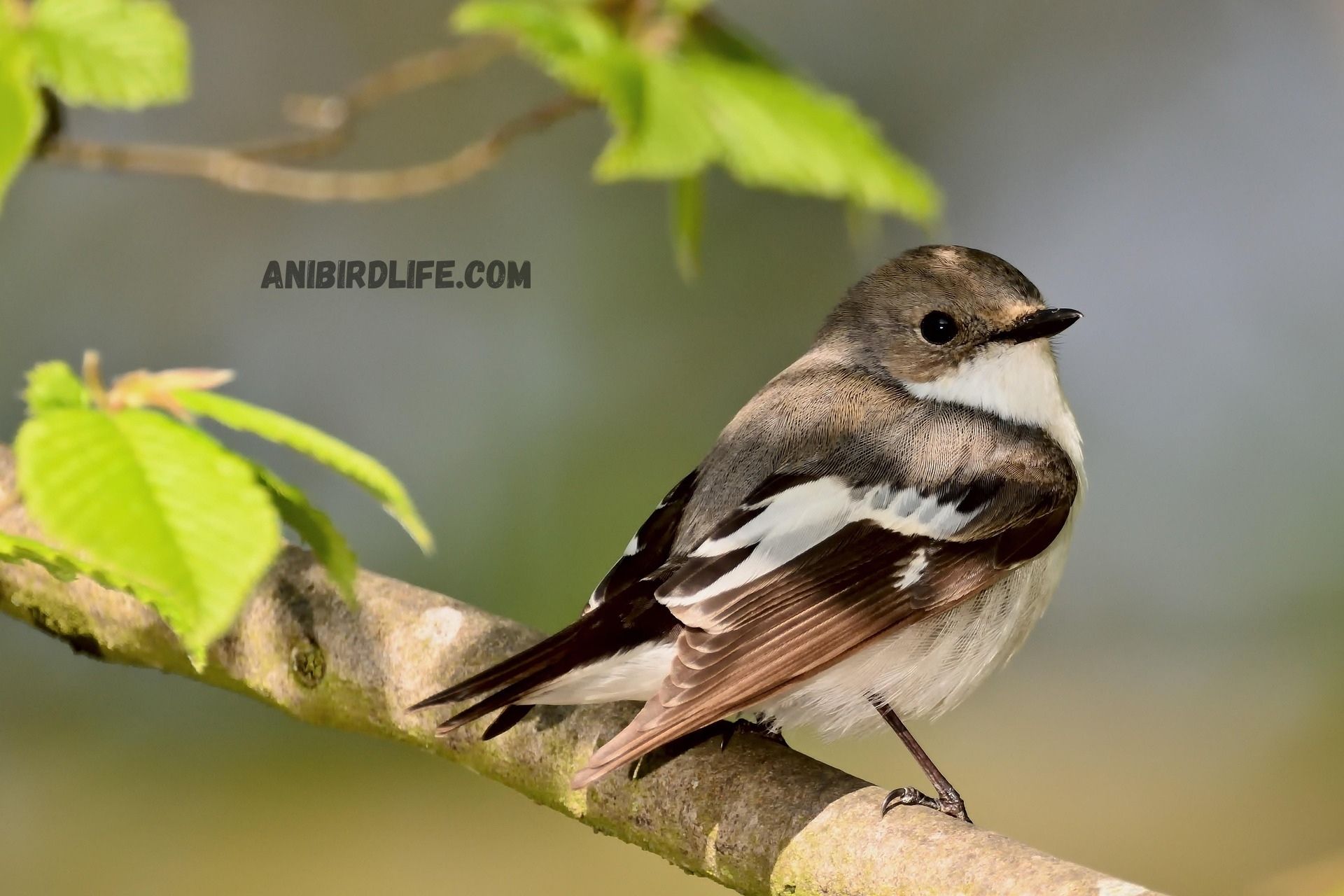Climate change is one of the most pressing environmental challenges of our time, affecting ecosystems, wildlife, Birds, and human populations worldwide. Birds, being highly sensitive to environmental changes, are among the species most impacted by shifting climate patterns. Rising temperatures, habitat destruction, extreme weather events, and changes in food availability are disrupting bird populations globally.
This article explores how climate change affects birds, their migration patterns, breeding cycles, and survival, while also discussing conservation efforts to mitigate these effects.
How Climate Change Affects Birds
1. Changes in Migration Patterns
Birds rely on predictable environmental cues to migrate between breeding and wintering grounds. However, climate change has altered seasonal weather patterns, causing shifts in migration timing.
- Many species are arriving earlier or later than usual at their breeding grounds, which can result in mismatches with food availability.
- Some migratory birds are shortening their migration routes, while others are failing to migrate at all, leading to increased competition for resources in certain areas.
2. Disruptions in Breeding Cycles
Temperature fluctuations and unpredictable weather conditions impact bird breeding cycles in various ways:
- Warmer temperatures cause earlier breeding in some bird species, but this does not always align with the peak availability of food sources like insects.
- Extreme heat and drought conditions reduce the number of viable nesting sites, particularly in arid and coastal regions.
- Some species experience lower reproductive success due to increased nest predation and reduced chick survival rates.
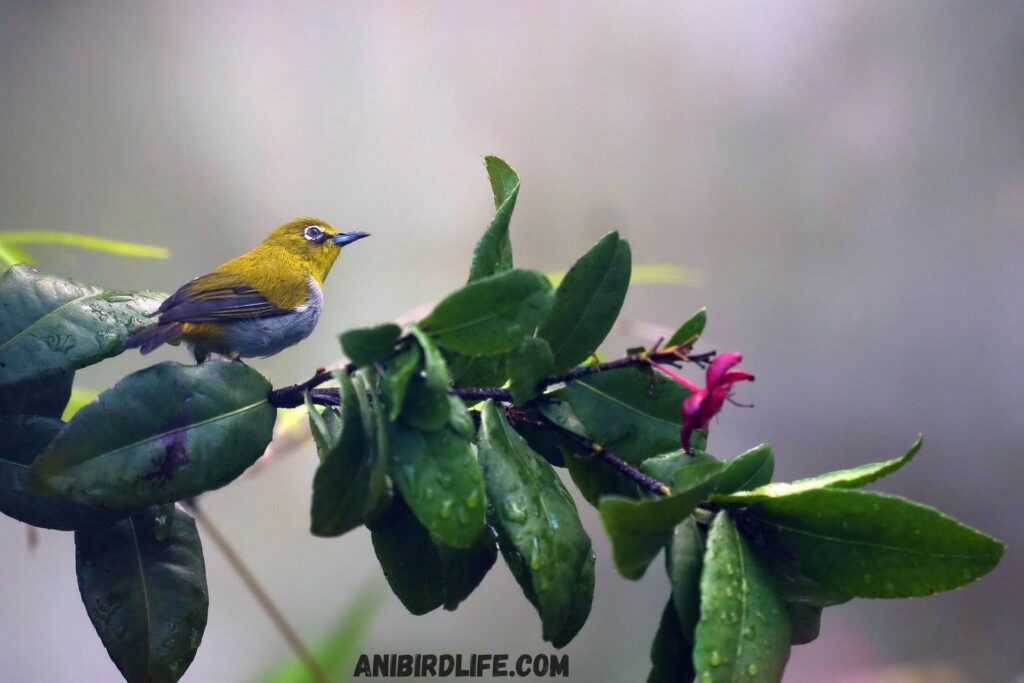
3. Habitat Loss and Fragmentation
As global temperatures rise, ecosystems that birds rely on are undergoing rapid transformations.
- Rising sea levels threaten coastal habitats, wetlands, and island nesting sites.
- Increased frequency of wildfires destroys forests and grasslands, displacing many bird species.
- Urbanization and land-use changes are further reducing the natural spaces available for birds, forcing them to adapt or relocate.
4. Changes in Food Availability
Climate change is altering the availability and abundance of food sources for birds:
- Warmer temperatures affect the populations of insects, fish, and plants that birds depend on.
- Disruptions in seasonal patterns lead to mismatches between when food sources peak and when they need them most.
- Some birds have had to switch diets, but not all species can adapt quickly enough to survive.
5. Increased Risk of Extreme Weather Events
They are highly vulnerable to extreme weather events, which are becoming more frequent and intense due to climate change.
- Hurricanes and storms destroy nesting sites and disrupt migration paths.
- Prolonged droughts limit access to water and reduce food availability.
- Heatwaves cause dehydration and increase mortality rates, particularly in smaller bird species.
Case Studies: How Specific Bird Species Are Affected
1. Puffins (Fratercula arctica)
Puffin populations in the North Atlantic are declining due to warming sea temperatures, which affect the availability of their primary food source, sand eels.
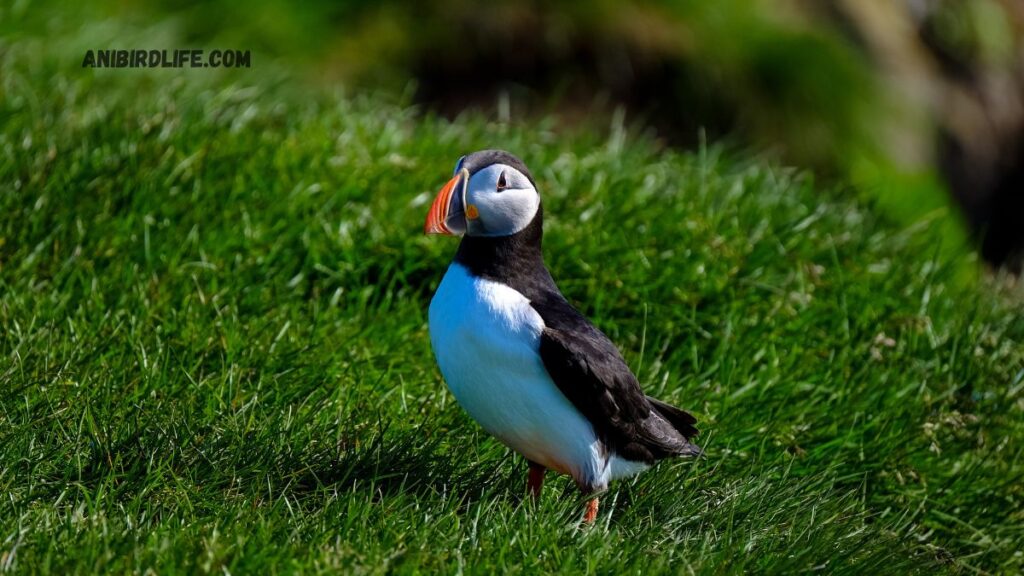
2. American Pika (Ochotona princeps)
Although not a bird, the pika’s decline signals broader ecosystem changes that affect high-altitude bird species, such as the White-tailed Ptarmigan, which relies on similar environments.
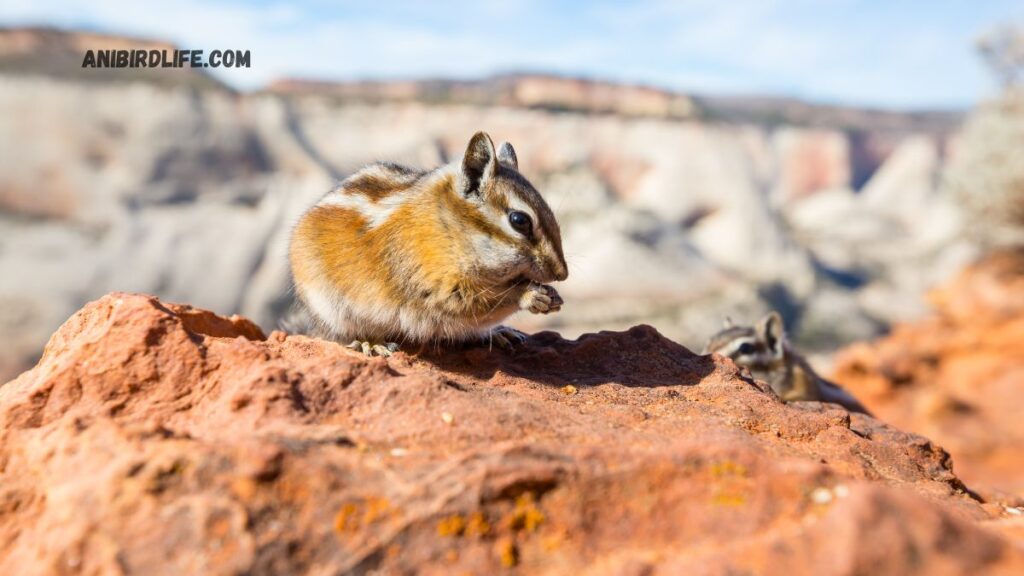
3. Snowy Owls (Bubo scandiacus)
Rising temperatures in the Arctic reduce populations of lemmings, the primary food source for Snowy Owls, leading to lower breeding success.
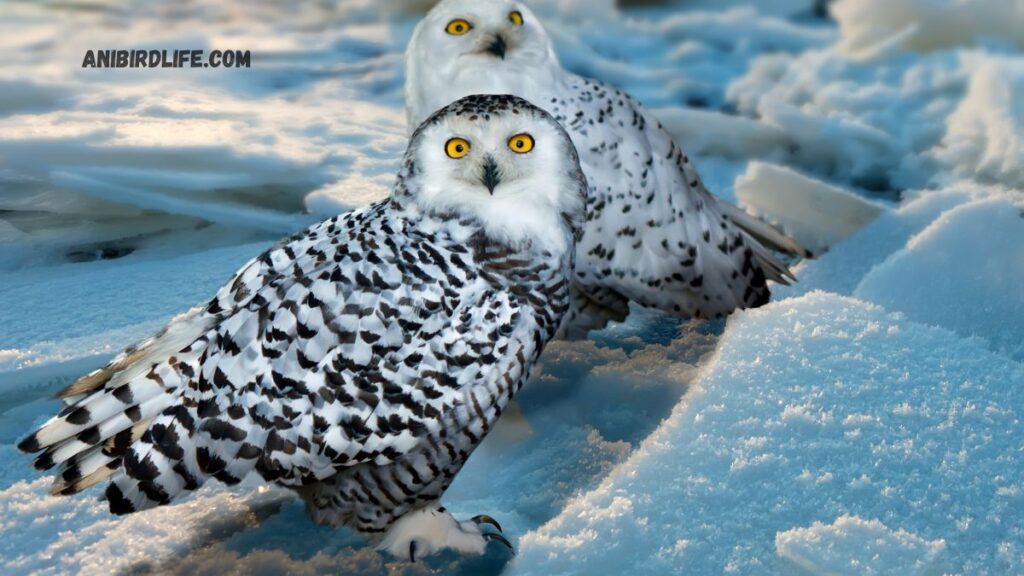
4. Barn Swallows (Hirundo rustica)
These migratory birds are experiencing shifts in migration timing, resulting in mismatches with insect populations, affecting their ability to feed their young.

5. Coral Reef Birds (e.g., Red-footed Booby – Sula sula)
Ocean acidification and coral bleaching reduce fish populations, impacting seabirds that rely on these ecosystems for survival.
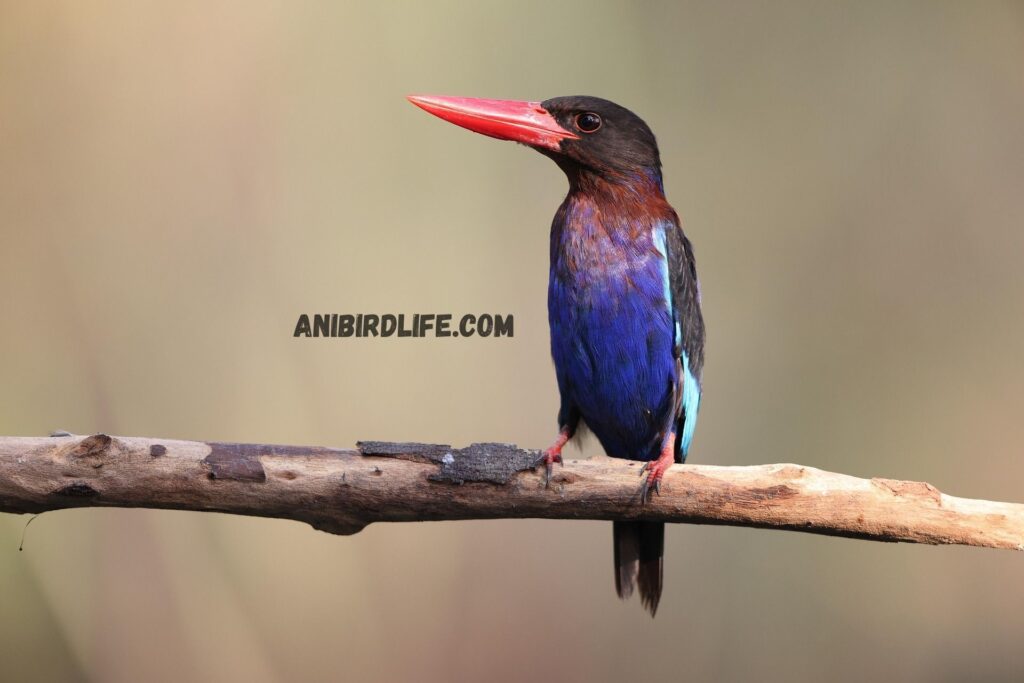
Conservation Efforts and Mitigation Strategies
1. Protecting and Restoring Habitats
- Expanding protected areas and wildlife reserves to safeguard critical bird habitats.
- Revitalizing and rehabilitating compromised ecosystems, including wetlands, forests, and grasslands.
2. Climate Adaptation Strategies
- Establishing artificial nesting sites and breeding programs for vulnerable bird species.
- Encouraging landscape connectivity to allow birds to move and adapt to new environments.
3. Reducing Carbon Emissions
- Shifting to sustainable energy solutions to minimize greenhouse gas emissions.
- Implementing policies that promote sustainable land-use practices.
4. Monitoring and Research
- Supporting long-term bird population monitoring programs.
- Conducting climate impact studies to inform conservation strategies.
5. Community and Policy Engagement
- Raising awareness about climate change and its impact on birds through education and advocacy.
- Strengthening international policies that address habitat protection and climate mitigation.
Conclusion
Climate change poses a significant threat to bird populations worldwide, disrupting migration patterns, breeding cycles, and habitat stability. However, through targeted conservation efforts, sustainable policies, and collective action, we can help mitigate these effects and protect our avian biodiversity. By taking action now, we can ensure that future generations continue to experience the beauty and ecological benefits of birdlife.
Frequently Asked Questions (FAQs)
1. How does climate change affect bird migration?
Climate change alters temperature patterns, which disrupts migration timing, leading to mismatches with food availability and breeding cycles.
2. What bird species are most affected by climate change?
Species in the Arctic, coastal regions, and migratory birds, such as puffins, snowy owls, and swallows, are among the most vulnerable.
3. Can birds adapt to climate change?
Some birds can adapt by altering their migration routes or changing their diets, but many species struggle to keep up with rapid environmental changes.
4. What can individuals do to help birds affected by climate change?
Individuals can support bird conservation by reducing their carbon footprint, protecting bird habitats, and participating in citizen science projects.
5. Are there any laws protecting birds from climate change impacts?
International agreements such as the Migratory Bird Treaty Act and conservation efforts under organizations like BirdLife International work to protect birds from climate-related threats.
